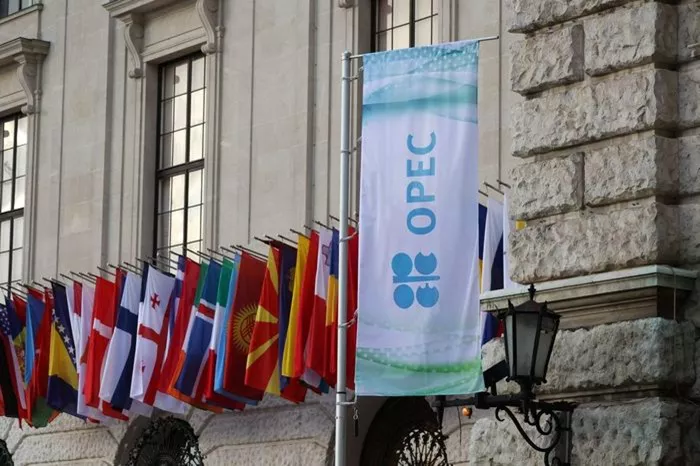The Organization of the Petroleum Exporting Countries (OPEC) revised its forecasts for global oil demand growth, citing shifting economic conditions and updated market data. The adjustment underscores the increasing complexity of predicting future trends in the global energy sector.
OPEC now projects global oil consumption to rise by 2.11 million barrels per day (bpd) in 2024, reaching 104.32 million bpd. This forecast is 135,000 bpd lower than previously estimated due to updated data from early 2024. For 2025, OPEC expects demand to increase by 1.78 million bpd, totaling 106.11 million bpd, reflecting a reduction of 65,000 bpd from earlier predictions. The main factors driving these changes include revised market data and updated demand forecasts for China.
The downward revision is linked to global economic uncertainties, particularly the slowdown in key markets like China. China’s economic challenges, including a real estate crisis and a shift toward greener energy, are impacting oil demand projections. Despite these obstacles, high demand for air travel and road mobility, especially in the US, is expected to support overall oil consumption. The US, as the largest oil consumer, is projected to see a demand increase of 170,000 bpd in 2024, reaching 20.53 million bpd.
In OECD countries, oil demand is forecasted to grow by 160,000 bpd in 2024, totaling 45.81 million bpd, although this is lower than the previous estimate. US demand will continue to drive this growth, with a forecast increase of 170,000 bpd in 2024. Conversely, European OECD countries are expected to see a decline in oil demand in 2024, with a slight rebound in 2025.
Non-OECD countries, particularly China and India, will be significant drivers of demand growth. In 2024, China’s oil demand is expected to increase by 700,000 bpd, reaching 17.06 million bpd, while India’s demand will rise by 230,000 bpd to 5.58 million bpd. Despite slowing growth in China, demand in India will remain robust due to expanding industrial production.
OPEC also reported a decline in commercial oil stocks in OECD countries, down to 2.831 billion barrels as of June 2024. This reduction reflects efforts by OPEC+ members to balance the market through production cuts. Additionally, liquid hydrocarbon production in non-OPEC+ countries is expected to grow, driven by the US, Canada, and Brazil.
Russia’s oil output has recently fallen below planned levels, highlighting the ongoing challenges within the OPEC+ framework. Despite these hurdles, OPEC+ continues to manage the market by adjusting production to stabilize prices and mitigate economic shocks.
OPEC’s revised forecasts illustrate the complex interplay of economic factors affecting oil demand and the need for flexibility in production and export strategies.
Related topic:

